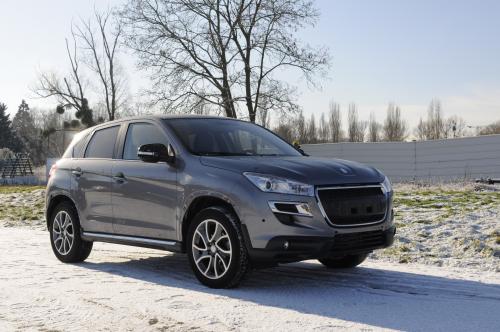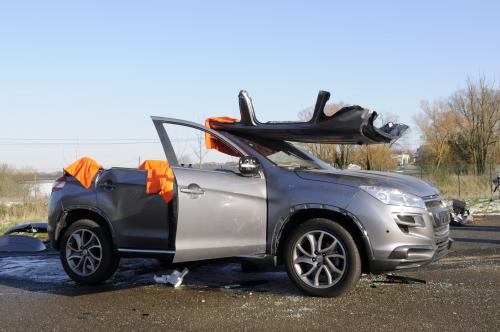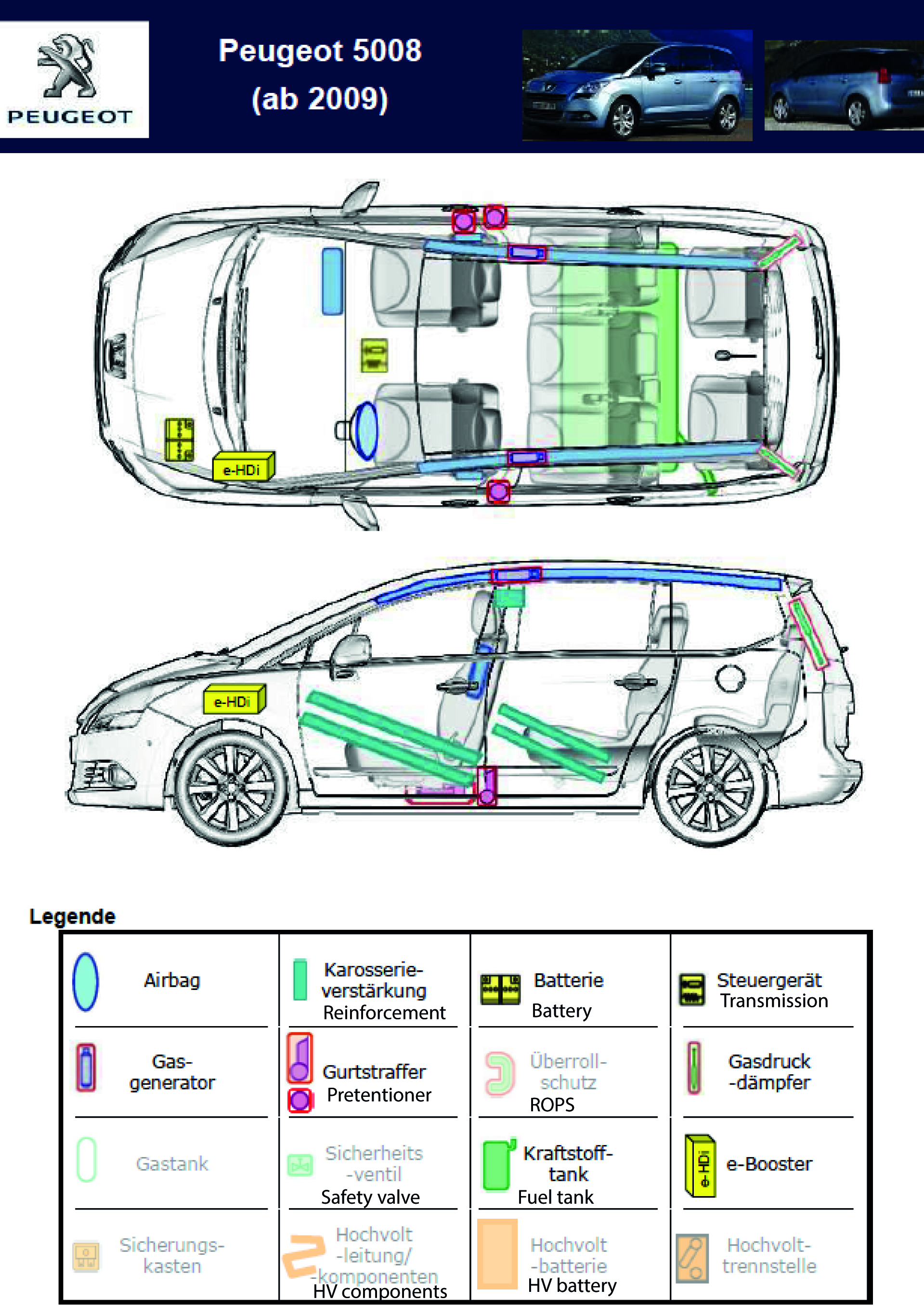Do We Always Know What is on the Other Side?
Keen readers of my blog will know that sharing knowledge and information is the drive behind what I write. Periodically I read information related to rescue that is misguiding and can lead the rescuer to have problems or issues that relate to their safety.
Of course this information is rarely put out for consumption with any ill intent; it is usually the result of a misunderstanding or a miscommunication. Regardless of this it is important to try and offer some guidance and clarity where possible.
Example
Just this morning I have read a document relating to cutting techniques that contains a lot of useful information, however, there is an important issue I would like to address.
To quote the document in question:
"Always expose interior vehicle trims before cutting (as motor vehicles are built symmetrically, i.e., both sides are exactly the same), this only needs to be done on one side"
This one statement , if taken at face value, can initiate a whole new approach to space creation techniques during training or at an operational incident. But is it correct? When I read this, I immediately remembered a research session I did about 3 years ago where I was cutting brand new Peugeot vehicles in France.


Research I carried out on Peugeot Vehicles in 2013. This is the 5008 model.
I was surprised to discover that vehicles are far from built symmetrically and believing they are can completely compromise your safety!
From the picture below you can clearly see the difference in seat belt pretentioners and also the location of the e-HDi (yellow box). This is essentially one of the components of Peugeot’s Start/Stop technology, also referred to as Micro Hybrid Technology (see video here). Of course pretentioners are an explosive charge (if not activated prior to your arrival) and the Start/Stop technology components can contain acetonitrile which should be avoided.

Rescue Guides: Freely Available Online
Both the pretentioners and this e-HDi component can be missed if we approach a vehicle with the view that it is symmetrical.
Awareness of component locations
Of course we are all aware that we need to peel and reveal the internal plastic trim before we use hydraulic tools inside the vehicle but we all need to have some understanding of structures outside the passenger cell that can cause us problems. A common method of opening shut lines (the gaps between vehicle body panels) prior to door removal is to crush the wing (fender) with hydraulic spreaders. The presence of such components may compromise this. However, my research suggests that this is not a reason NOT to perform this evolution. We must simply be aware of the possible location of such components and only crush the wing (fender) to allow the access of the spreaders into the shut line; i.e. do not crush too far!
Safe and systematic approach
Rescue guides like the one shown above are free and easily accessible but it is not possible to have an intimate knowledge of all vehicle types and variations. For this reason we must always adopt a safe and systematic approach to every vehicle; it is the only way to ensure we identify issues such as these, as part of our training or operational procedures.
Remember, information you can read regarding extrication is plentiful but not always reliable. Read it, filter it, contextualise it and most of all, double check it!
As ever I welcome your feedback.
Ian Dunbar